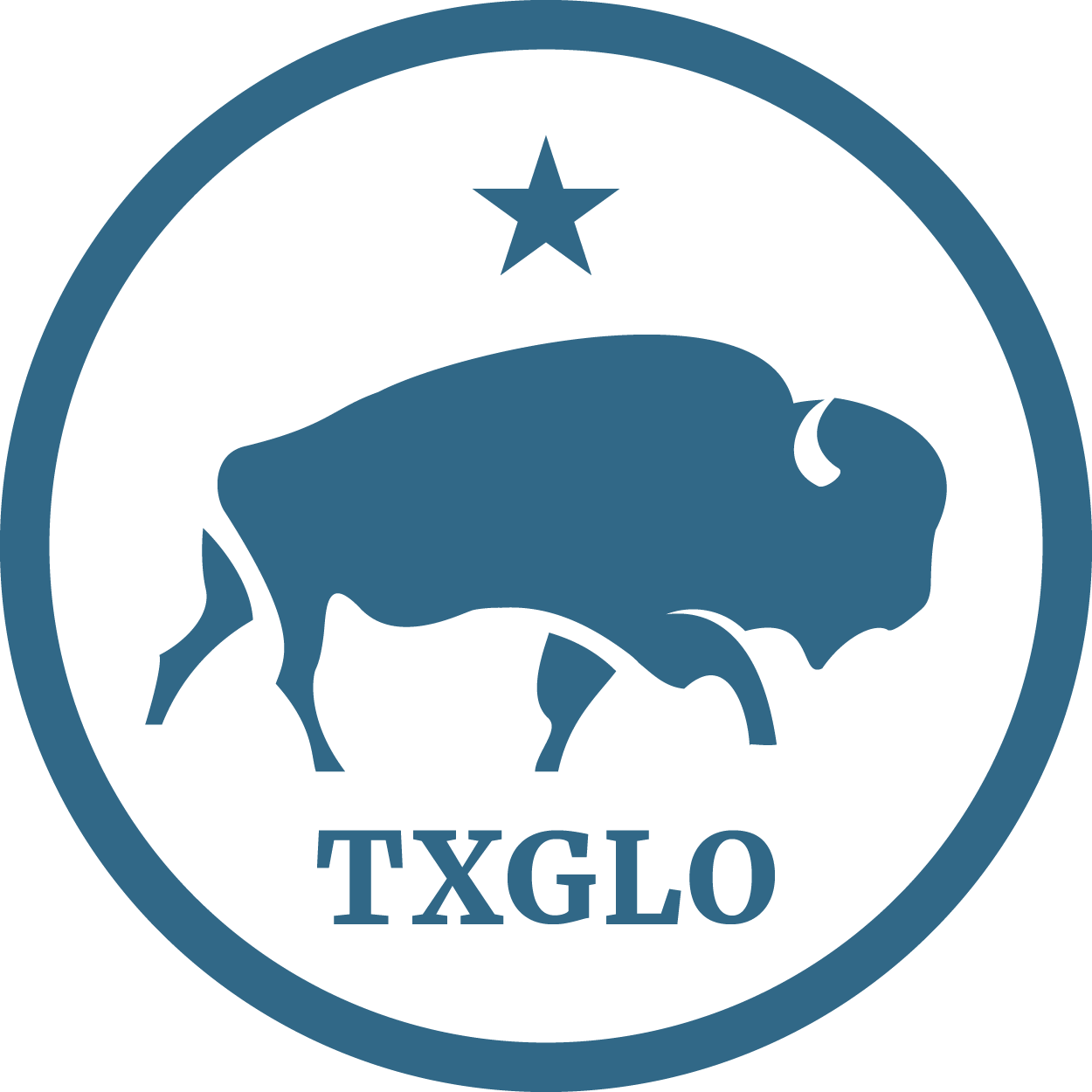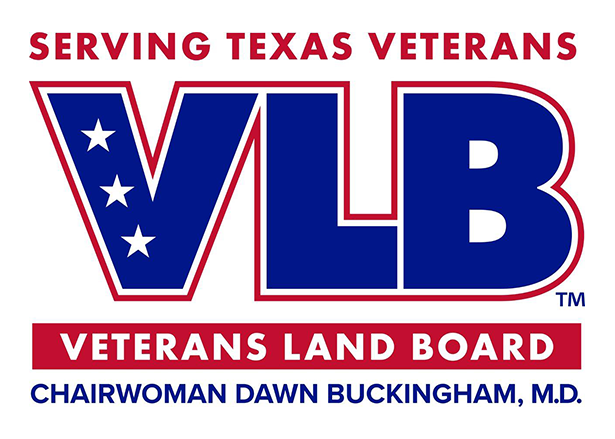Today Texas Land Commissioner George P. Bush announced the release of two state action plans detailing the distribution and eligible uses of more than $285 million in Community Development Block Grant Disaster Recovery (CDBG-DR) funds from the U.S. Department of Housing and Urban Development (HUD) to assist in long-term recovery efforts following severe flooding in 2018 and 2019 in South Texas and the Lower Rio Grande Valley and Tropical Storm Imelda in Southeast Texas. To view the action plan, please visit
recovery.texas.gov/public-notices.
"Storms like Hurricane Hanna bring to light how important long-term recovery dollars are to not only rebuilding communities, but increasing resiliency against future storms," said Commissioner Bush. "Through the use of strategic housing and infrastructure recovery programs, we are positioning Texas for a more comprehensive recovery that will truly help communities rebuild."
In accordance with the CDBG-DR requirements, and to expedite the recovery process funding, the GLO will directly administer and oversee the following programs.
2018 South Texas Floods
- $72.913 million allocation
- At least 80 percent of the allocation must address unmet needs in the HUD-designated Most Impacted and Distressed (HUD MID) county.
- At least 70 percent of CDBG-DR funds must benefit low- and moderate-income (LMI) persons.
- Three CDBG-DR Eligible Counties:
-
- HUD MID: Hidalgo
- State MID: Cameron, Jim Wells
- The total allocation must be expended in six years.
GLO programs to administer and oversee:
- Homeowner Assistance Program ($31.7 million):Provides funding for rehabilitation and reconstruction of owner-occupied single-family homes damaged by the 2018 South Texas Floods.
- Homeowner Reimbursement Program ($3.47 million):Provides funding for eligible expenses and Small Business Administration (SBA) disaster home loans incurred by homeowners for repairs to a primary residence prior to application for these funds. Up to $50,000 per household may be reimbursed.
- Affordable Rental Program ($10.11 million): Provides funding rehabilitation, reconstruction, and new construction affordable multifamily housing projects. The GLO allocated program funds to address unmet rental needs in counties impacted by the 2018 South Texas Floods. Maximum award is $10 million per development.
- Infrastructure Competition ($19.69 million): The Infrastructure Competition will provide disaster relief, long-term recovery, and restoration of infrastructure for local communities. Each applicant may submit a total of two applications, whether applying as the lone applicant or jointly with another jurisdiction(s). Each application must consist of one project. Minimum award is $250,000 and maximum award is $1,000,000.
- Local, Regional, and State Planning ($3.64 million): Provides funding for regional and statewide planning studies and tools that work to reduce risks and impacts of future disasters.
2019 Disasters
- $212.74 million allocation
- At least 80 percent of the allocation must address unmet needs in the HUD-designated Most Impacted and Distressed (HUD MID) counties.
- At least 70% of total funds must be used for activities benefiting low- and moderate-income (LMI) persons.
- Ten CDBG-DR Eligible Counties:
-
- HUD MID: Cameron, Chambers, Harris, Hidalgo, Jefferson, Liberty, Montgomery, and Orange
- State MID: San Jacinto, and Willacy
- The total allocation must be expended in six years.
GLO programs to administer and oversee:
- Homeowner Assistance Program ($92.5 million): Provides funding for rehabilitation and reconstruction of owner-occupied single-family homes damage by the 2019 disasters for flooding in the Lower Rio GrandeValley and by Tropical Storm Imelda.
- Homeowner Reimbursement Program ($10.13 million): Provides funding for eligible expenses and Small Business Administration (SBA) disaster home loans incurred by homeowners for repairs to a primary residence prior to application for these funds. Up to $50,000 per household may be reimbursed.
- Affordable Rental Program ($29.5 million): Provides funding rehabilitation, reconstruction, and new construction of affordable multifamily housing projects. The GLO allocated program funds to address unmet rental needs in counties impacted by the flooding Lower Rio Grande Valley or Tropical Storm Imelda. Maximum award is $10 million per development.
- Infrastructure Competition ($57.44 million): The Infrastructure Competition will provide disaster relief, long-term recovery, and restoration of infrastructure for local communities. Each applicant may submit a total of two applications, whether applying as the lone applicant or jointly with another jurisdiction(s). Each application must consist of one project. Minimum award is $250,000 and maximum award is $1,000,000.
- Local, Regional and State Planning ($10.63 million): Provides funding for regional and statewide planning studies and tools that work to reduce risks and impacts of future disasters.
-
Public Comment Period: The plans have been published for public comment on the GLO's recovery website at r
ecovery.texas.gov/public-notices. All public comments received prior to 5:00 p.m. on Aug. 27, 2020, will be considered.
Per federal requirements, the GLO must respond to public comments before the amendment can be sent to HUD for final approval. -
About GLO Community Development and Revitalization (CDR): In addition to short-term housing in partnership with the Federal Emergency Management Agency (FEMA), the CDR division of the Texas General Land Office was appointed by Texas Governor Greg Abbott to administer both Community Development Block Grant Disaster Recovery (CDBG-DR) and Mitigation (CDBG-MIT) funds on behalf of the state of Texas. More than $14 billion have been allocated for recovery and mitigation following Hurricanes Rita, Dolly, and Ike, the 2011 wildfires, the 2015 and 2016 floods and Hurricane Harvey. These grants can be used for a wide variety of activities including housing redevelopment, infrastructure repair and long-term planning. For more information, please visit
recovery.texas.gov.








